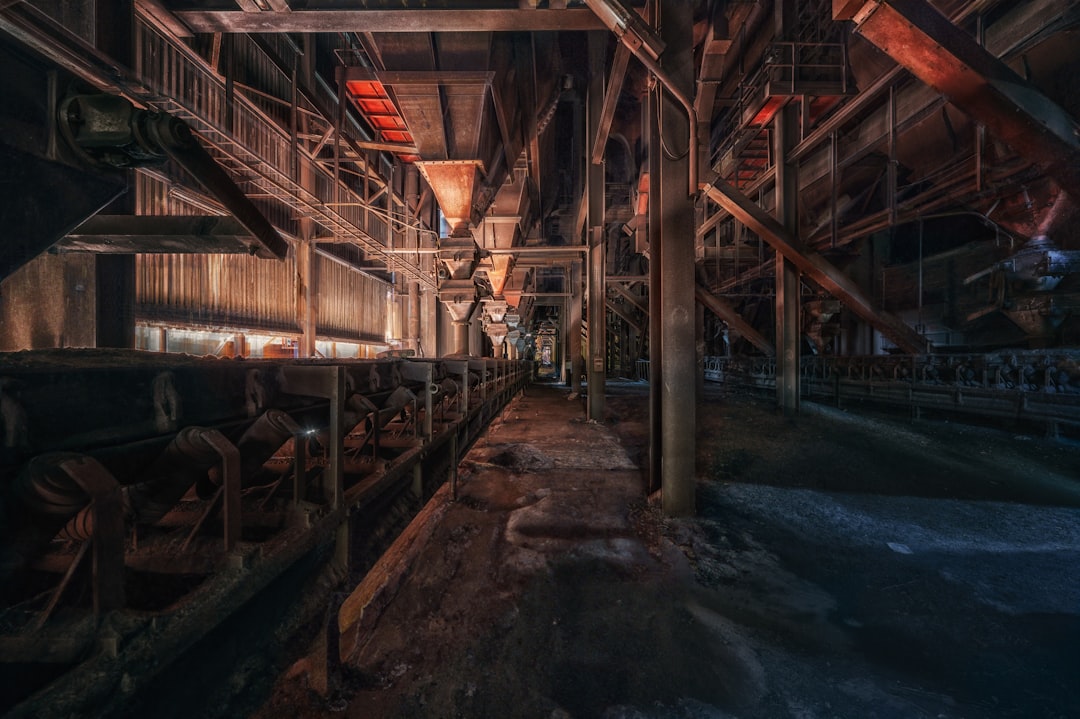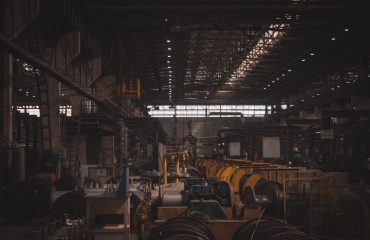The steel manufacturing industry is a cornerstone of modern infrastructure, but its processes inherently involve significant risks. From molten metal to heavy machinery, the potential for serious accidents is ever-present. This post delves into the crucial aspects of occupational safety in steel manufacturing, highlighting best practices and emphasizing the importance of a proactive safety culture.
1. Identifying and Assessing Hazards in Steel Mills
Hazard identification is the cornerstone of any effective safety program. In steel manufacturing, hazards are numerous and varied. These include:
- Burn Hazards: Molten metal, hot surfaces, and sparks pose severe burn risks. Workers must maintain safe distances and use appropriate protective equipment.
- Crushing and Cutting Hazards: Heavy machinery, rolling mills, and shears present significant crushing and cutting hazards. Lockout/tagout procedures are critical to prevent accidental activation.
- Falling Object Hazards: Materials handling involves significant risks of falling objects. Proper storage, securing, and lifting techniques are essential.
- Electrical Hazards: Extensive electrical systems in steel mills pose electrocution risks. Regular inspections, proper grounding, and insulated tools are crucial.
- Chemical Hazards: Exposure to various chemicals, including dusts and fumes, can cause respiratory problems and other health issues. Proper ventilation and respiratory protection are necessary.
- Noise Hazards: The constant noise from machinery can lead to hearing loss. Hearing protection is mandatory, and noise reduction measures should be implemented.
- Flame-resistant clothing: Protects against burns from molten metal and sparks.
- Safety footwear: Steel-toe boots protect feet from falling objects and crushing hazards.
- Safety helmets: Protect the head from falling objects.
- Safety glasses or face shields: Protect eyes from flying debris and sparks.
- Hearing protection: Earplugs or earmuffs protect against noise-induced hearing loss.
- Respiratory protection: Respirators protect against dusts, fumes, and gases.
- Heat-resistant gloves: Protect hands from burns and cuts.
- Emergency response teams: Trained personnel equipped to handle emergencies.
- Emergency communication systems: Clear and reliable communication channels to alert personnel and emergency services.
- Emergency exits and evacuation routes: Clearly marked and unobstructed escape routes.
- Fire suppression systems: Fire extinguishers, sprinklers, and other fire-fighting equipment.
- First aid stations and trained first responders: Immediate medical attention for injured workers.
- Emergency drills and training: Regular drills to ensure personnel are prepared to respond effectively.
- Hazard communication: Proper labeling and safety data sheets for hazardous materials.
- Machine guarding: Safeguarding machinery to prevent accidents.
- Lockout/tagout procedures: Safe procedures to prevent accidental energy release.
- Personal protective equipment (PPE) requirements: Mandated use of appropriate PPE.
- Worker training and education: Providing adequate training to employees on safety procedures.
- Record keeping and reporting: Maintaining accurate records of accidents and injuries.
- Leadership commitment: Visible and active commitment from senior management.
- Employee empowerment: Encouraging employees to identify and report hazards.
- Regular safety training: Providing ongoing training and education on safety procedures.
- Safety meetings and communication: Regular meetings to discuss safety issues and share best practices.
- Incentive programs: Rewarding safe behavior and recognizing contributions to safety.
- Incident investigation and root cause analysis: Thoroughly investigating accidents to identify root causes and prevent recurrence.
- Steel Manufacturing Safety
- Occupational Safety Steel Mill
- Industrial Safety Regulations
- Steel Mill Safety Procedures
- Workplace Safety Training
A thorough hazard assessment, involving risk matrices and job safety analyses (JSAs), is vital to prioritize risks and develop appropriate control measures.
2. Personal Protective Equipment (PPE) in Steel Manufacturing
Personal Protective Equipment (PPE) is the last line of defense against workplace hazards. In steel manufacturing, appropriate PPE is non-negotiable and must be worn consistently. This includes:
Regular inspection and maintenance of PPE are essential to ensure its effectiveness. Training on the proper use and limitations of PPE is crucial for all employees.
3. Emergency Preparedness and Response in Steel Mills
Steel mills must have comprehensive emergency response plans in place to deal with various scenarios, including fires, explosions, chemical spills, and injuries. This involves:
Regular audits and reviews of emergency plans are crucial to ensure their effectiveness and adapt to changing circumstances.
4. Regulatory Compliance and Steel Manufacturing Safety
Steel manufacturers must comply with a range of occupational safety and health regulations. These regulations vary by country and jurisdiction but typically cover aspects such as:
Staying informed about current regulations and ensuring compliance is essential to avoid penalties and, more importantly, prevent accidents.
5. Fostering a Strong Safety Culture in Steel Manufacturing
A strong safety culture is the most effective way to prevent accidents. This involves a commitment from management to prioritize safety, coupled with active participation from all employees. Key elements include:
A culture where safety is paramount is not just a legal requirement but a moral imperative, essential for protecting the well-being of workers and ensuring the long-term success of the business.
By implementing these strategies and fostering a strong safety culture, steel manufacturers can significantly reduce workplace accidents and create a safer and more productive work environment.




